Version 1.5.6 - 12.14.2025
- Added three and four gang dimmer and timer switches.

Version 1.5.6 - 12.14.2025

Version 4.1.8 - 12.13.2025
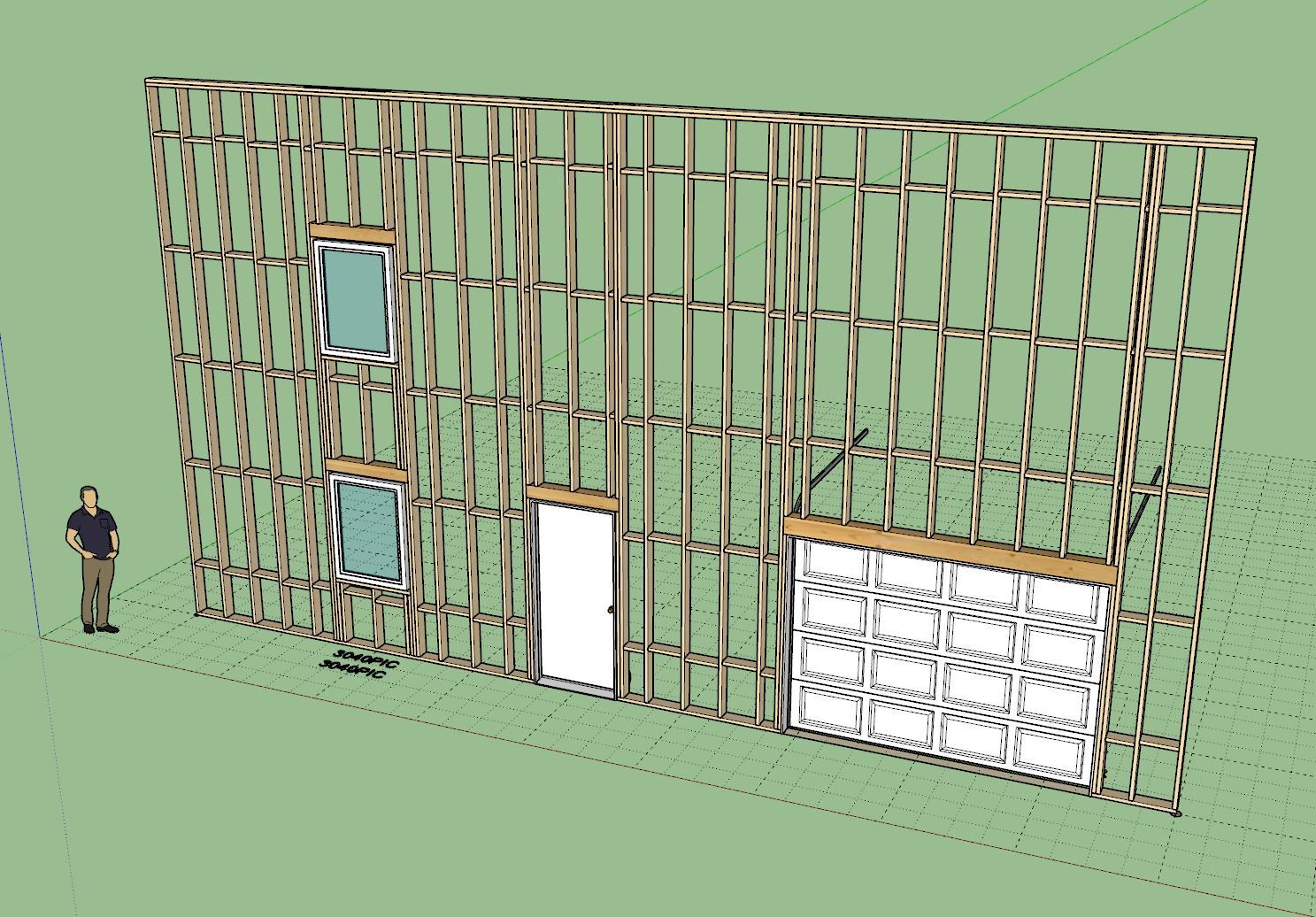
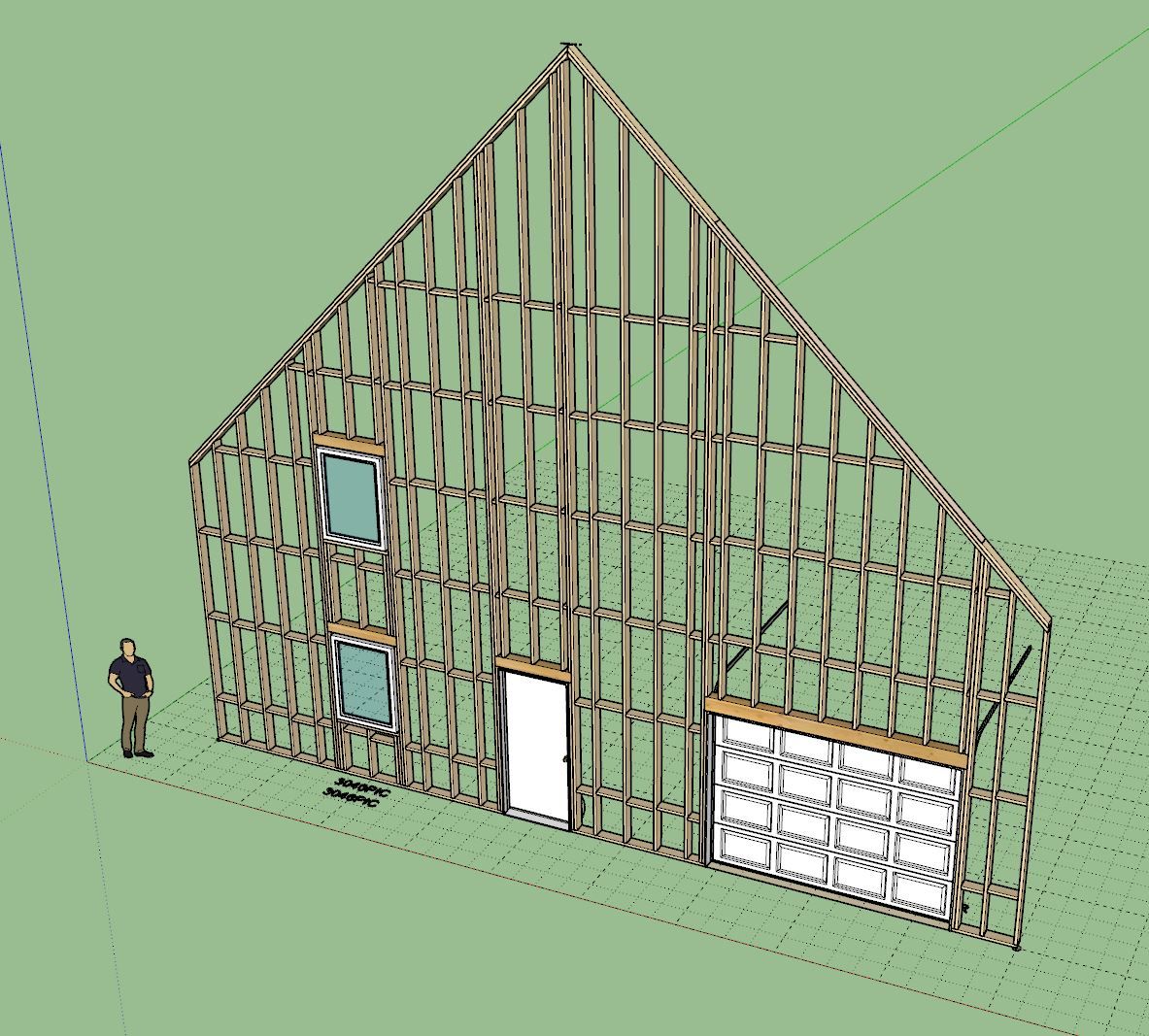
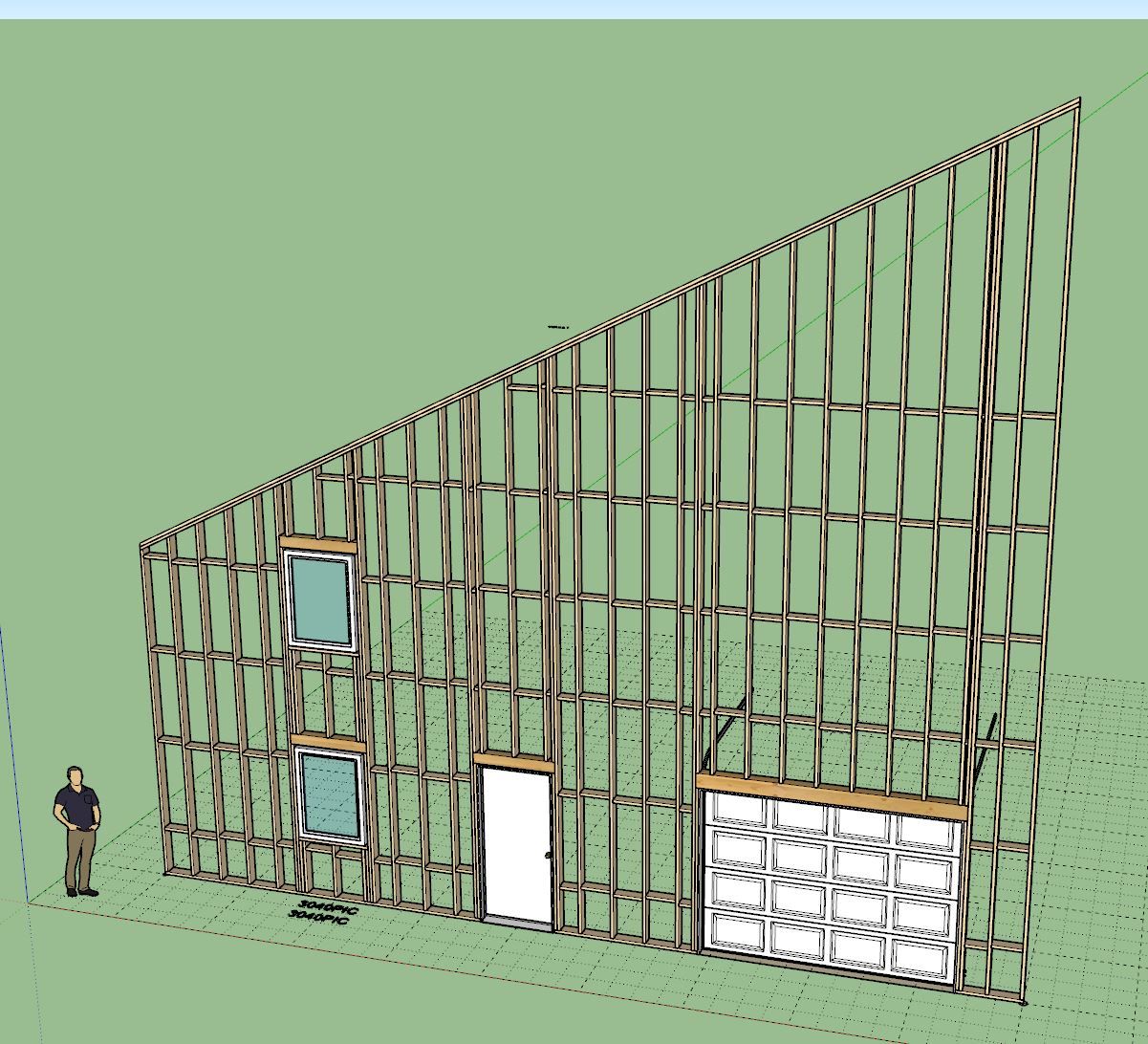

Version 1.5.5 - 12.11.2025
Version 1.1.0 - 12.11.2025
Version 4.1.7 - 12.05.2025
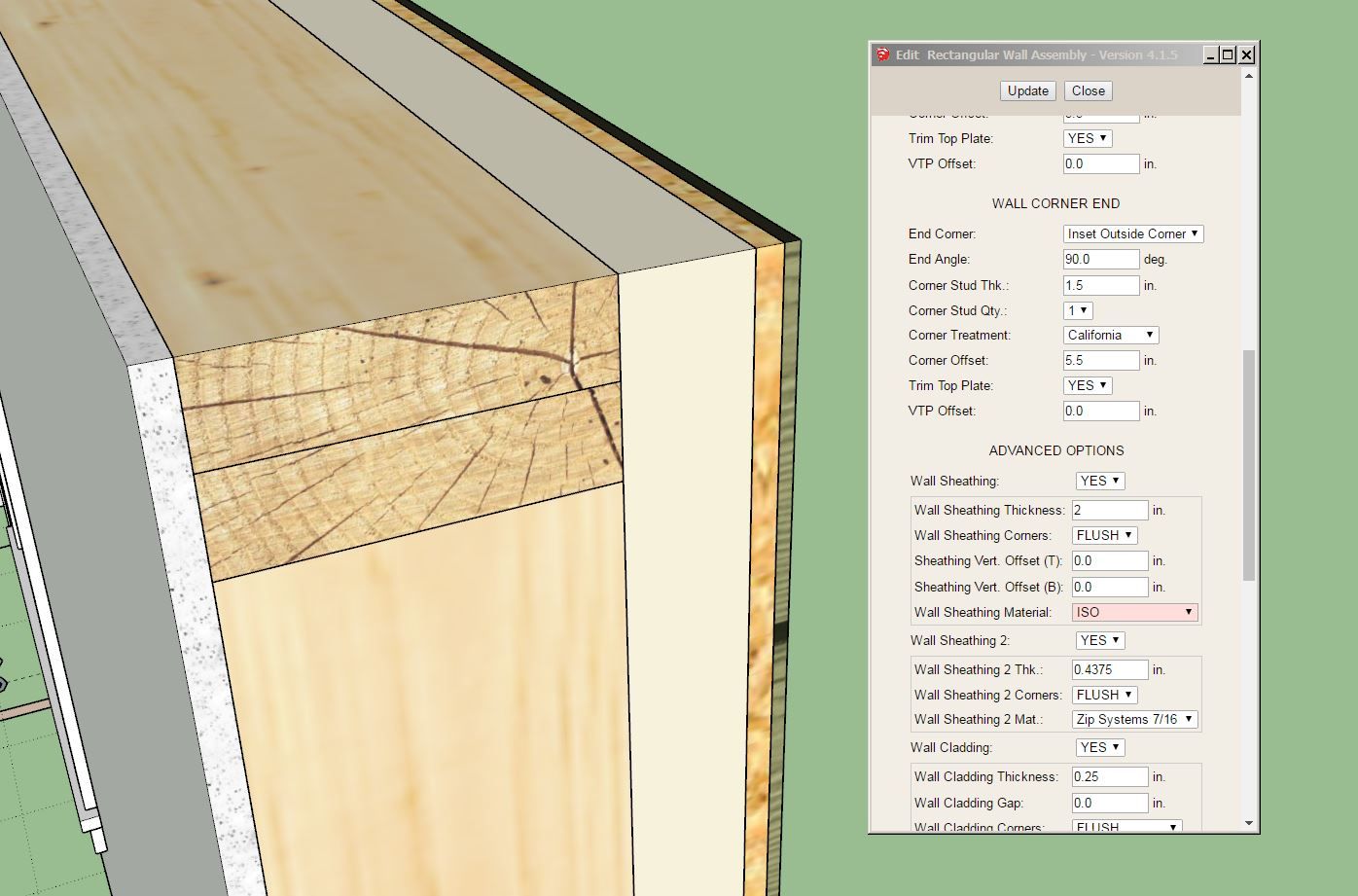
Version 0.8.5 - 12.05.2025
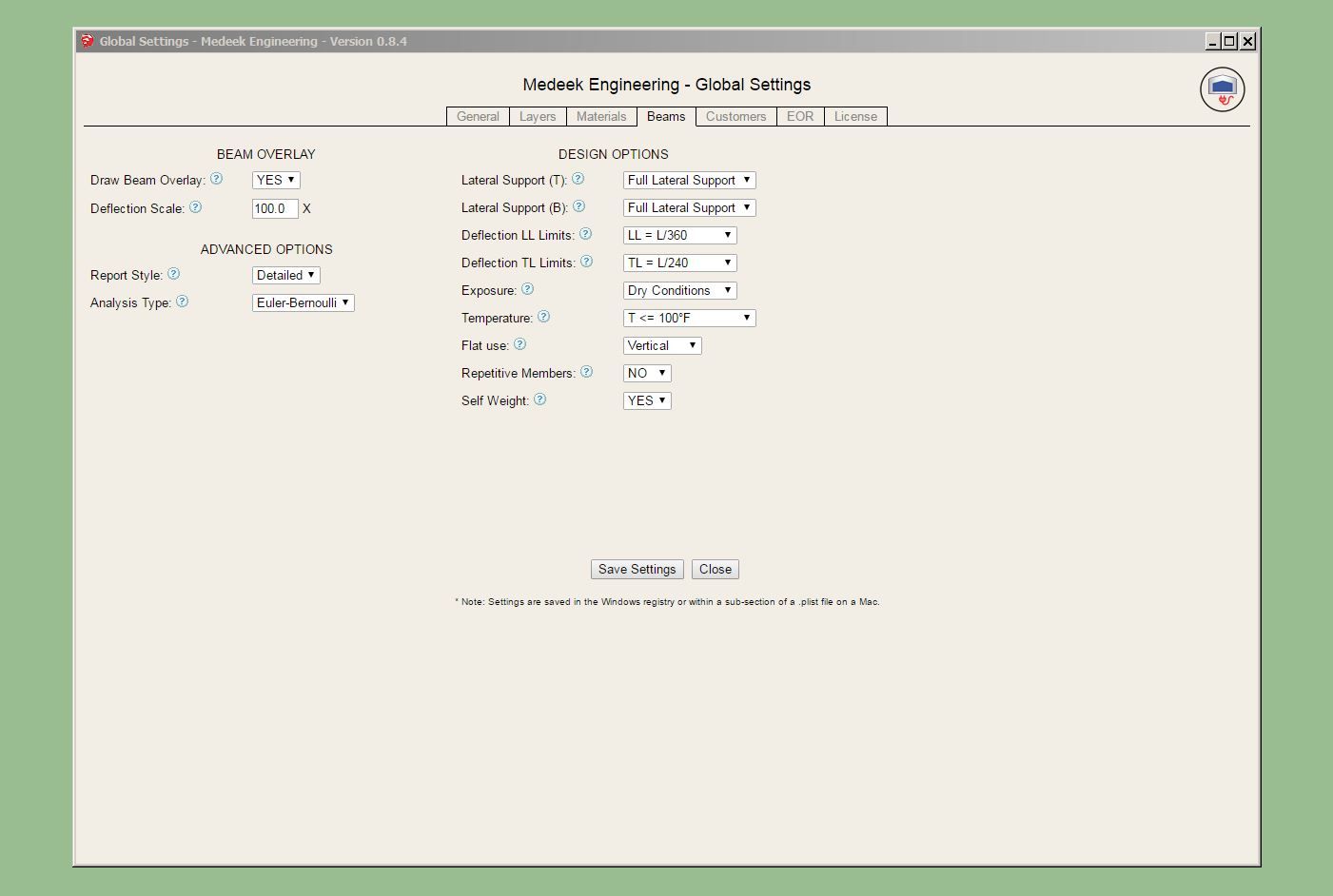
Version 4.1.6 - 11.30.2025

Version 4.1.5 - 11.29.2025
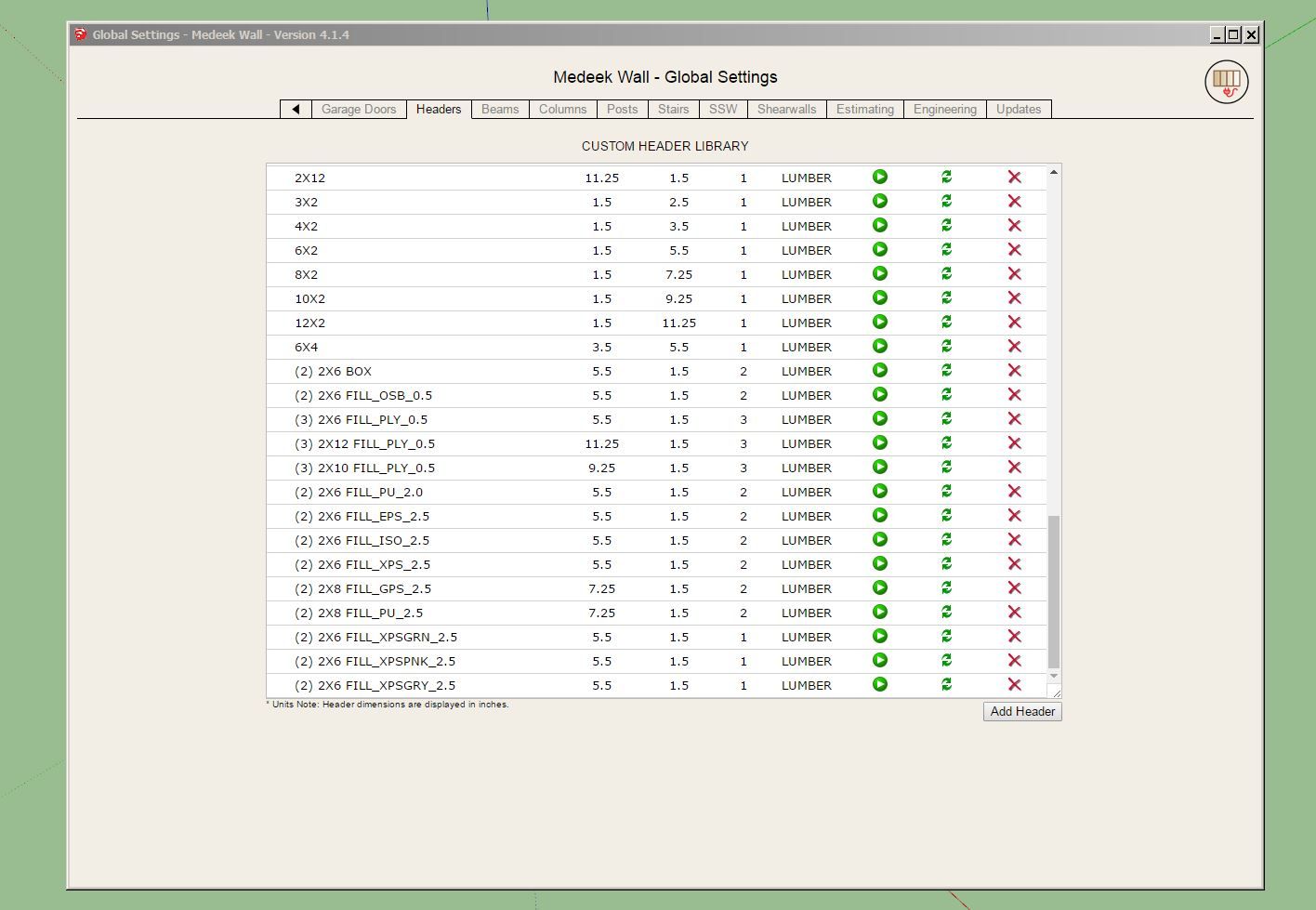
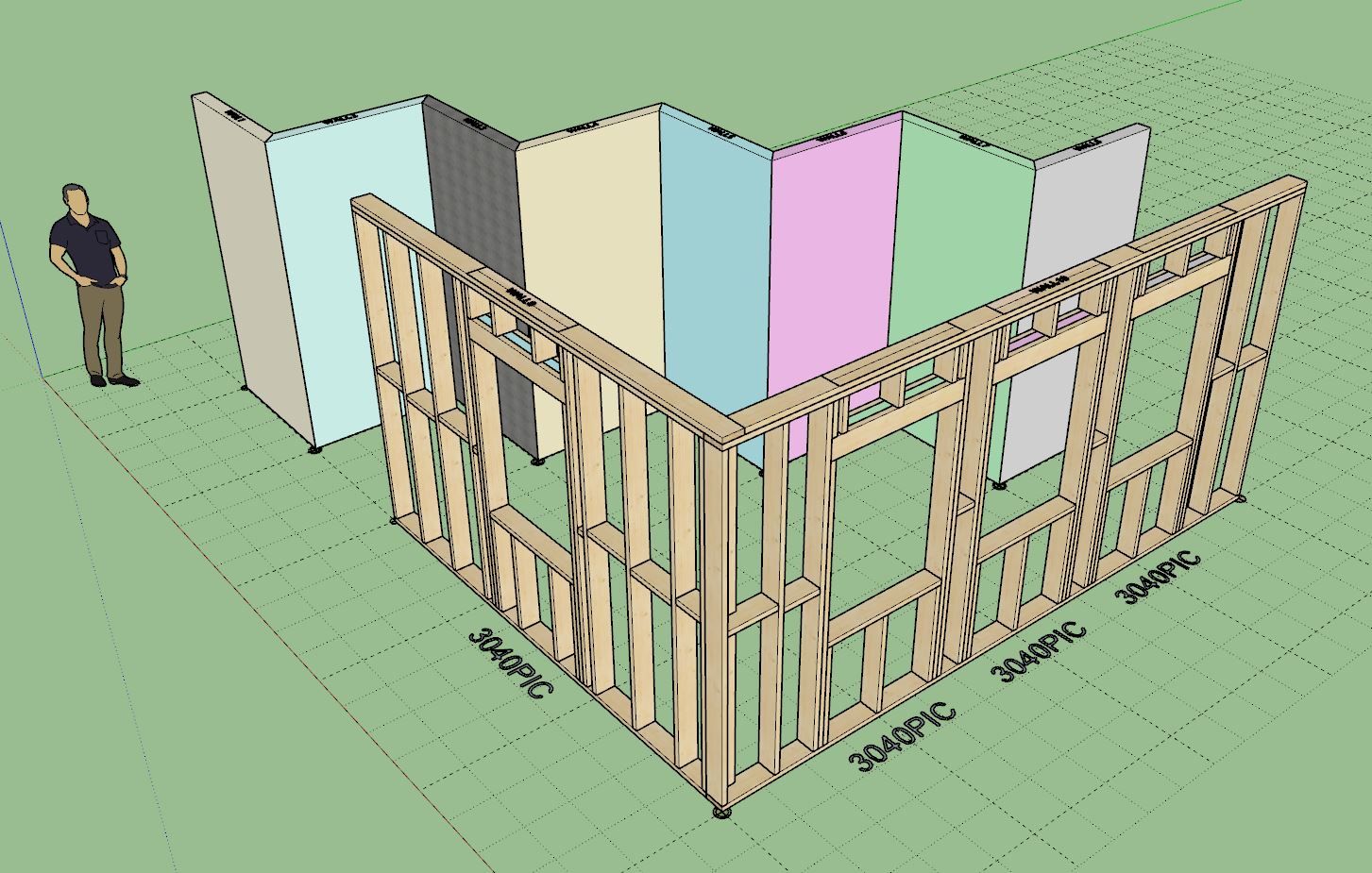

Version 4.1.4 - 11.26.2025
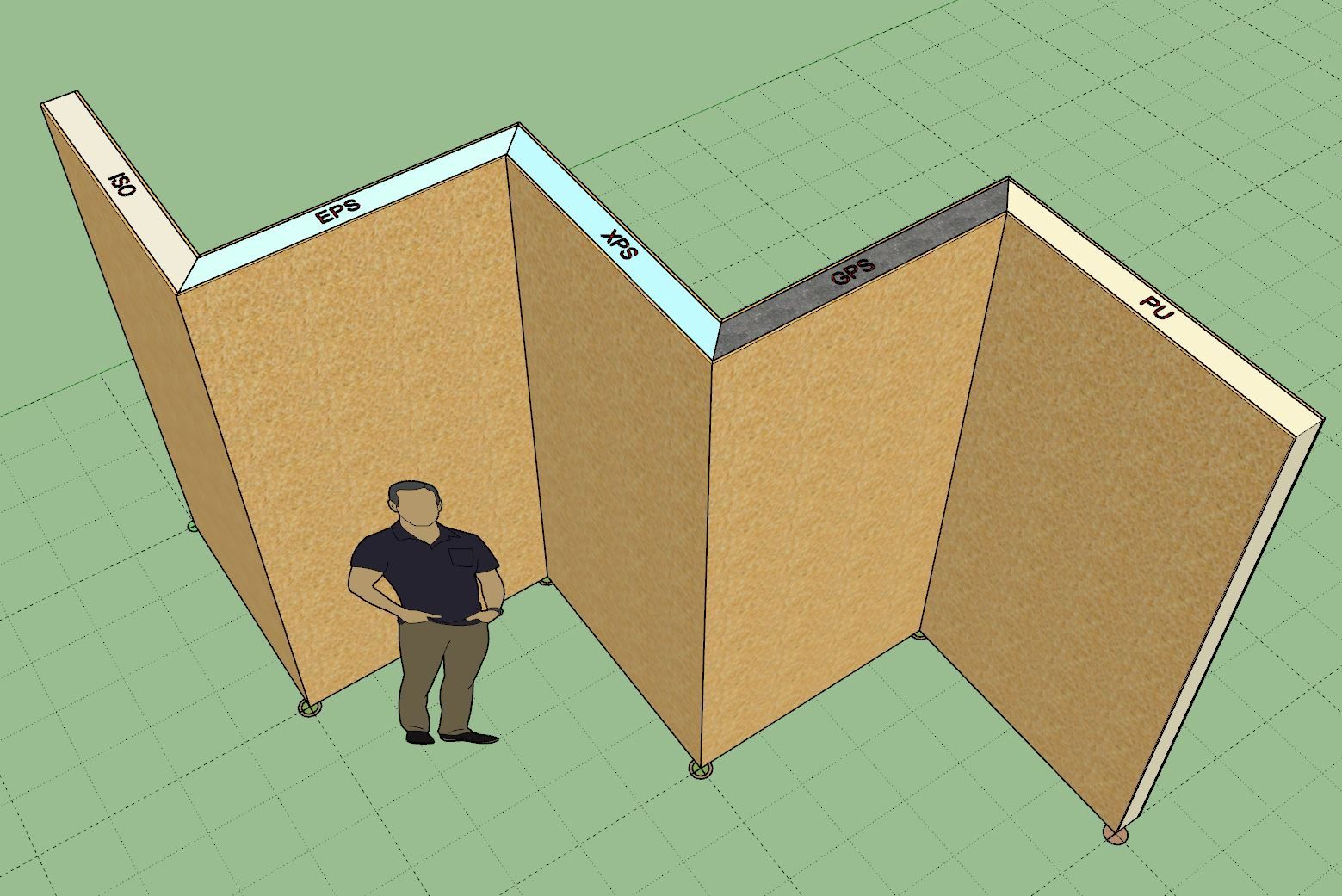
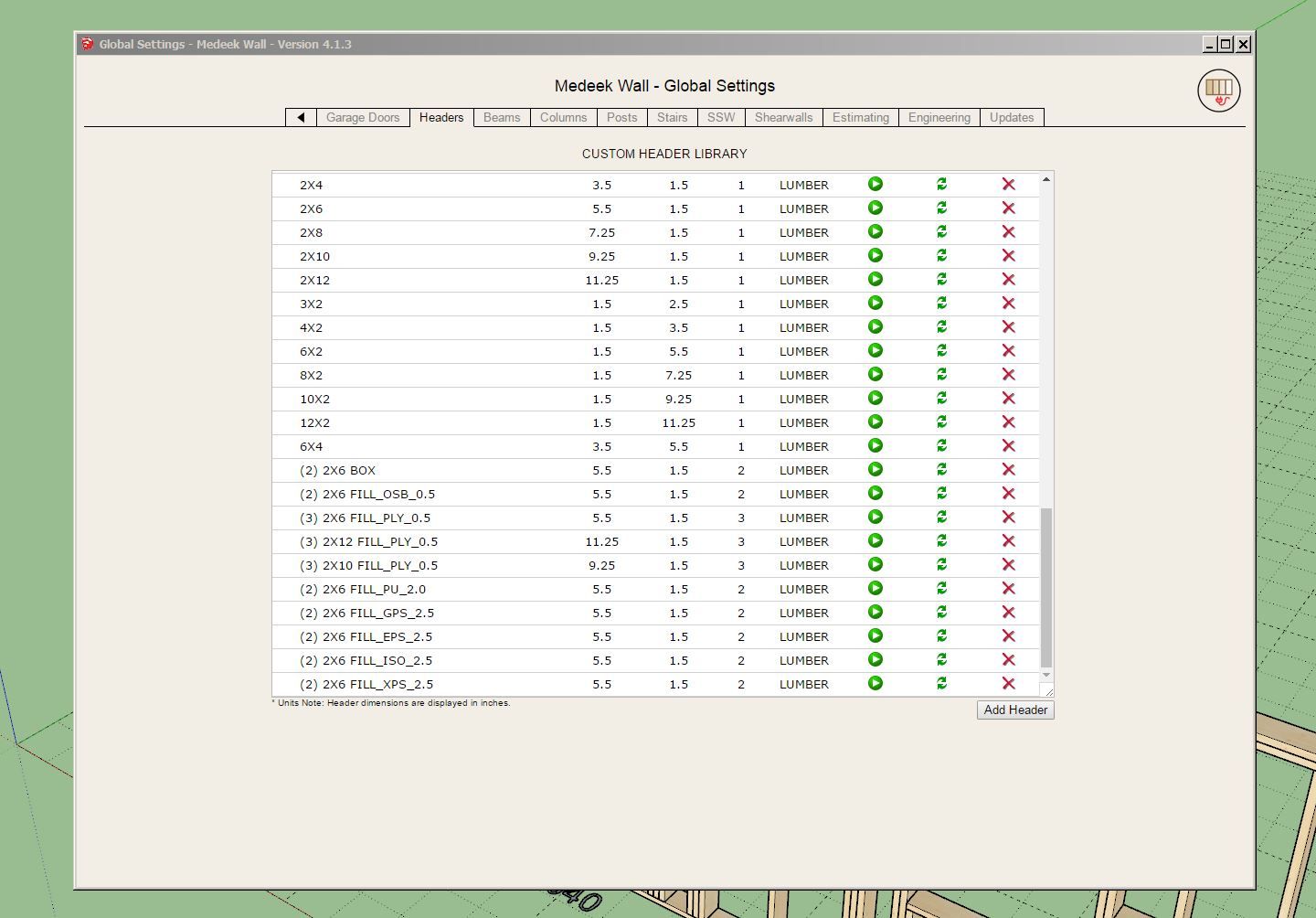
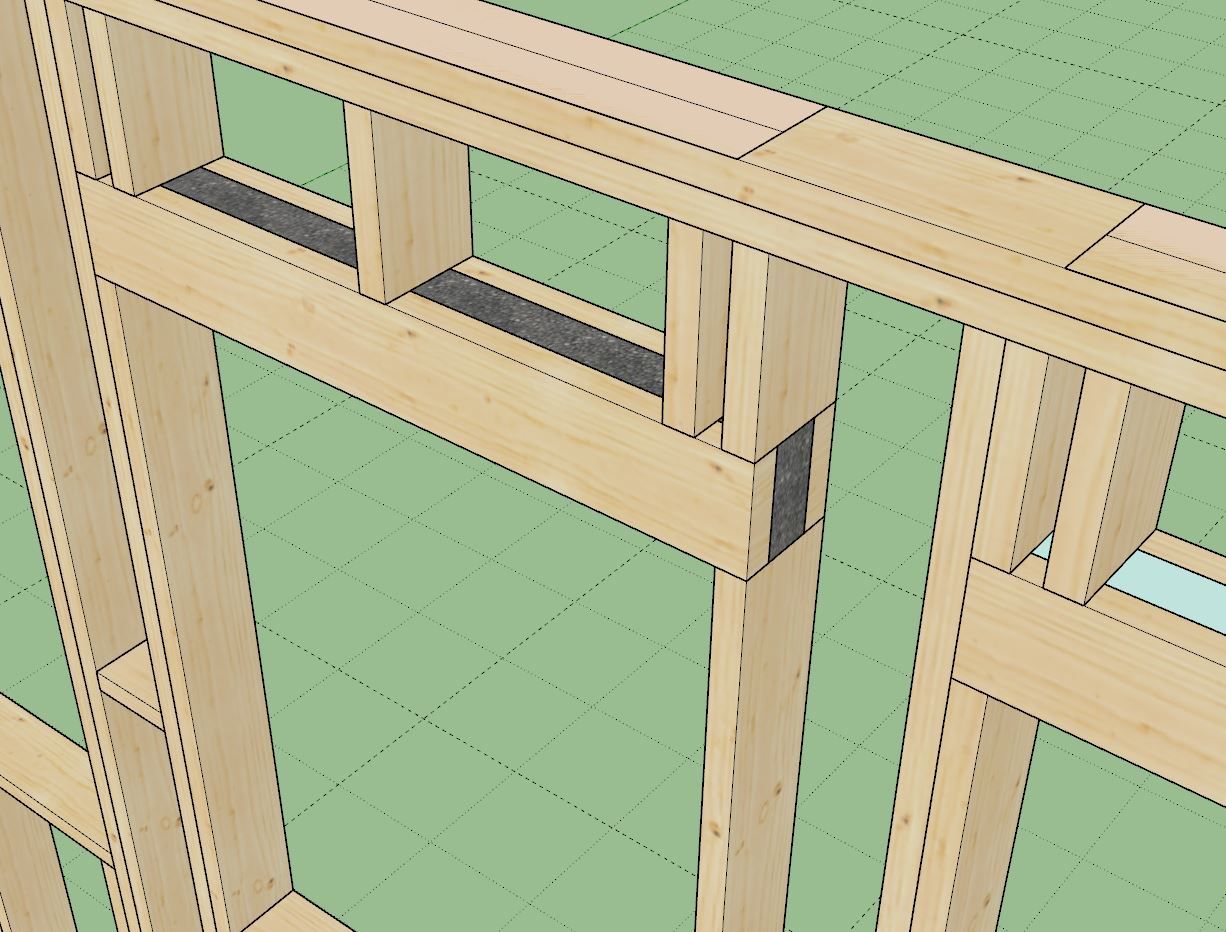
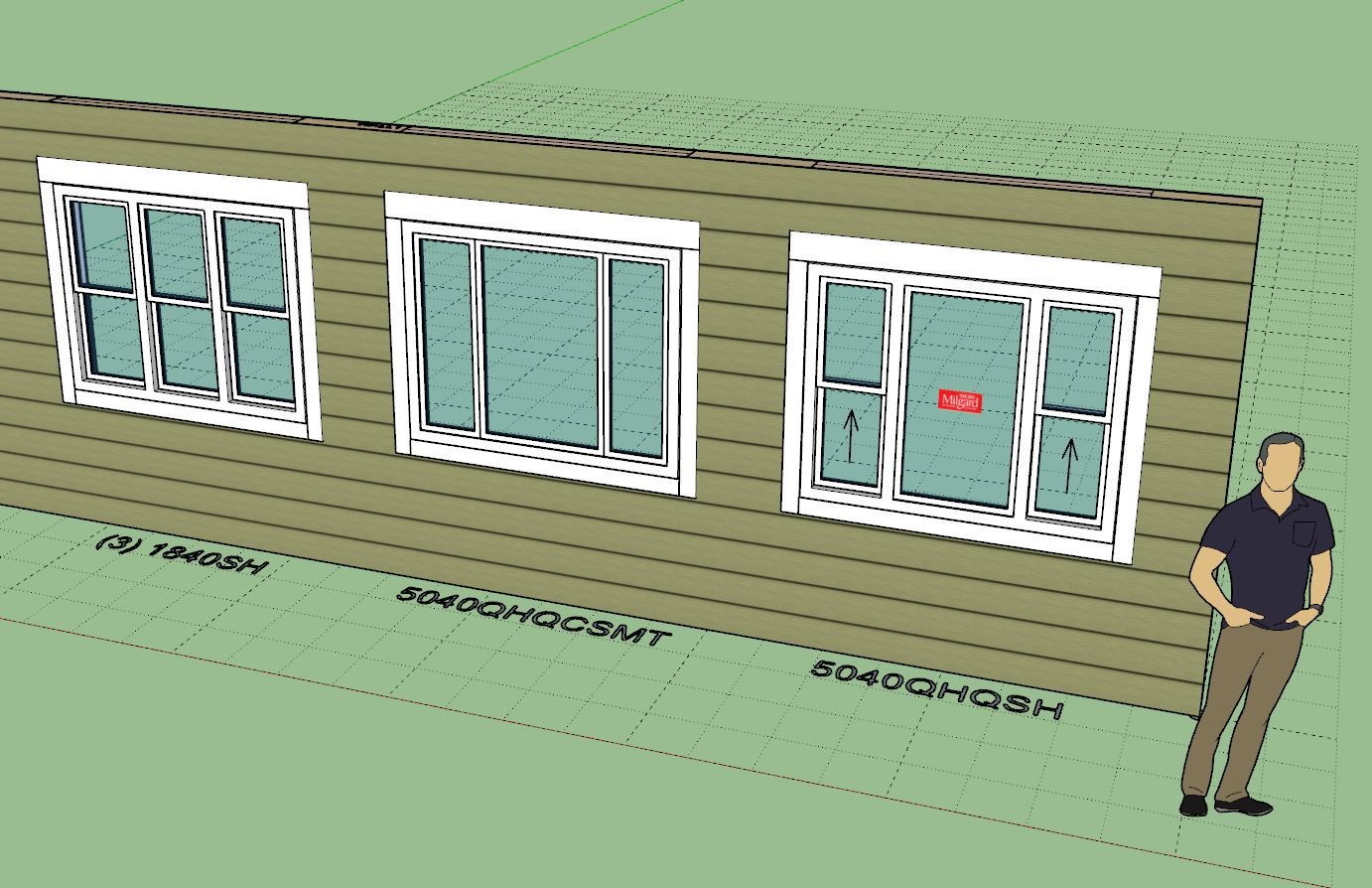
All updates per customer requests.
The other issue I am a bit unclear on is the unbraced length (lu) especially in the case of checking negative moments in multi-span situations (unbraced bottom). I've checked a number of examples in Donald Breyer's book "Design of Wood Structures". Rather than considering the lu as the actual span he is calculating the lu as the distance between the points of zero moment. I could use a bit of clarification on this. Section 3.3.3.4 of the NDS (page 17) only talks about the distance between points of intermediate lateral support.
After giving this some more thought and digging through the NDS a bit more I think the reason that Breyer makes this assumption is that the language in the NDS for computing the Cv (volume factor) does say the distance between points of zero moments. He then seems to extends this idea to computing the CL by using the same logic to determine the unbraced length (on both sides of a support). See example 6.28 in chapter 6.16.
My only problem with this is that it would seem like it would be unconservative in many cases with multi-span beams where you are computing the CL for negative moments (at supports). However by using the full intermediate span length as the unbraced length perhaps it is too conservative. I wish the NDS would give more guidance on this matter, I can only guess at the intent and supposed correct algorithm at this point.
Let's consider the example shown in the image below:

If we consider that there is no lateral bracing at the intermediate support at 84" (bottom of beam) then per Breyer's method the unbraced length is between points of zero moment (x=67" to x=108"), so the unbraced length for the negative bending (neg. moment) is equal to 41". However I would argue that it is the full beam length, both spans, so 144".
If we do consider that the beam is laterally braced (bottom of the beam) at the intermediate support at x = 84" then Breyer considers the worse case of the two conditions 84 - 67 = 17" and 108 - 84 = 24" and he concludes that the unbraced length should be 24". I would look at both spans on each side of the support or max. negative moment and take the larger of the two 84" > 60", so the unbraced length should be 84".
Thoughts? Am I too conservative?
On a slightly different note I would use 41" length to compute my Cv for the negative bending (for both cases given above). This is per the NDS verbage (Sec. 5.3.6).
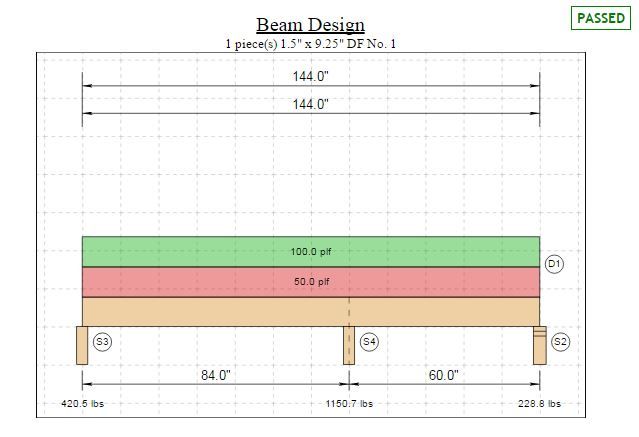
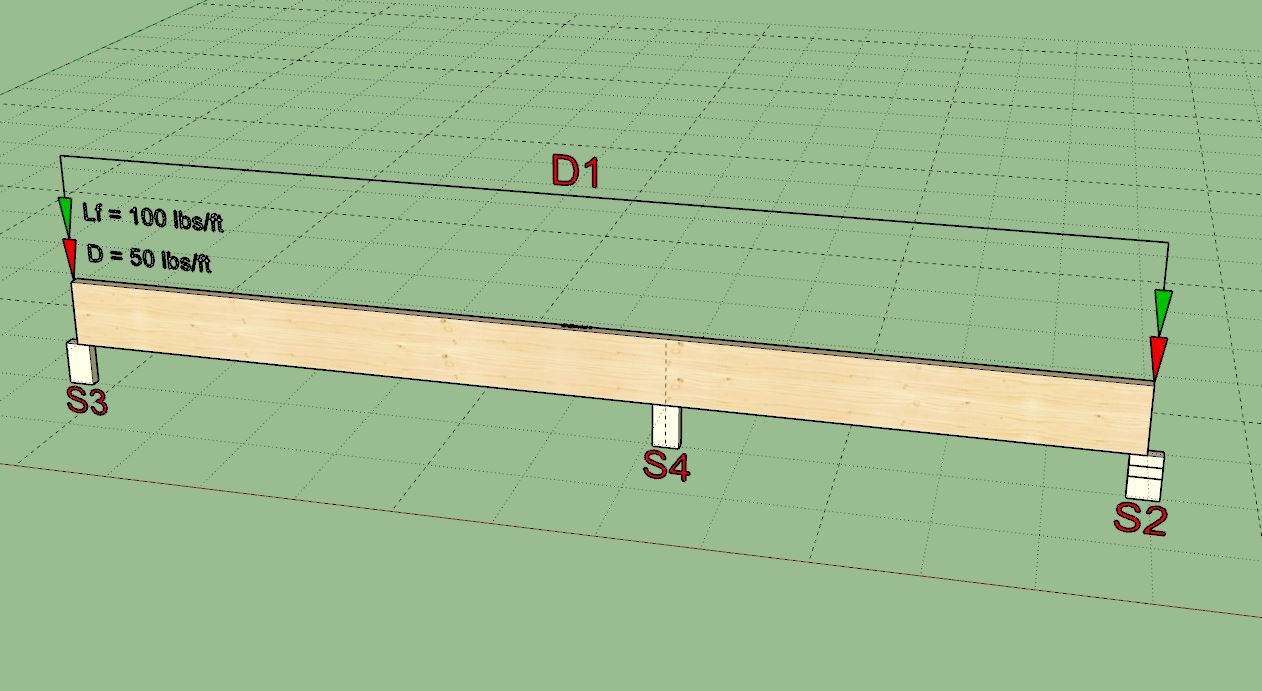
Version 0.8.4 - 11.21.2025
Version 0.8.3 - 11.12.2025
Tutorial 1 - Beam Calculator
I'm very excited about this release, it is the first time in history (that I know of) that one can do actual engineering all within SketchUp. The API is magical, you can turn SketchUp into just about any thing you can imagine.
Here are a couple examples, everything should be complete, but I will now spend the next couple of weeks error checking and seeing if I can break the engine or the report formatting. I will also need to test against other third party programs to make sure all my calcs are indeed correct. It is amazing how easy it is to make errors in the code on something this extensive.
https://design.medeek.com/resources/engplugin/TEST1/EB_TEST1_2SPAN_1POINT_REV8.pdf
https://design.medeek.com/resources/engplugin/TEST1/EB_TEST1_3SPAN_3POINT_REV1.pdf
Currently the calculator will only handle sawn lumber beams. Once I'm fairly certain I've eliminated any bugs or other issues I will then extend the logic so we can handle glulam and timber beams. Once that is done I will probably next work on LVL, LSL, and PSL and then finally I will include the ability to analyze various I-joists from the major manufacturers.
I've been slowly working on this for about three months now, probably another month to go.
I will be running a Thanksgiving promotion beginning Oct. 30th until Dec. 1st with 30% off of the regular mdkBIM bundle price (permanent license) using the coupon code GIVETHANKS25.
This will reduce the bundle price from $280.00 USD to $196.00 USD. This promo code does not apply to any of the extensions purchased separately. As part of this promotion a permanent license for the Electrical, HVAC and Engineering plugins will also be included upon request at no additional cost. The offer ends on Dec.1st and no rain checks will issued thereafter.

I still have completely finished the PDF reports since I've had my head so buried in the Timoshenko stuff for a couple of weeks (probably not a good use of my time but I couldn't resist). Here is some output for a couple of cases (two span and three span beam, equal spans with a UDL). What is interesting is the shape of the deflection graphs for the Timoshenko analysis. I think the numbers are correct but to be honest I really don't have another 3rd party program I can fully test against.
I'm using a kappa of 5/6 and a G of 1/16 the E value, so in this case G = 106,250
Also I am just using the listed value of E for my Timoshenko calculations even though it already includes a 3% bump for shear built in.
EB = Euler Bernoulli, TIMO = Timoshenko
http://medeek.com/resources/engplugin/TEST8/EB_TEST8_2SPAN_UDL.pdf
http://medeek.com/resources/engplugin/TEST8/EB_TEST8_3SPAN_UDL.pdf
http://medeek.com/resources/engplugin/TEST8/TIMO_TEST8_2SPAN_UDL.pdf
http://medeek.com/resources/engplugin/TEST8/TIMO_TEST8_3SPAN_UDL.pdf
As a sanity check I multiplied my calculated value of G above by 10,000 in the code and then ran the TIMO analysis, the results are almost identical to the EB analysis as expected, so that tells me that with an extreme stiffness the TIMO degrades to an EB analysis as it should in theory. Here are the links to the TIMO analsys with a 10,000X inflated G:
http://medeek.com/resources/engplugin/TEST8/TIMO_TEST8_2SPAN_UDL_GMAX.pdf
http://medeek.com/resources/engplugin/TEST8/TIMO_TEST8_3SPAN_UDL_GMAX.pdf